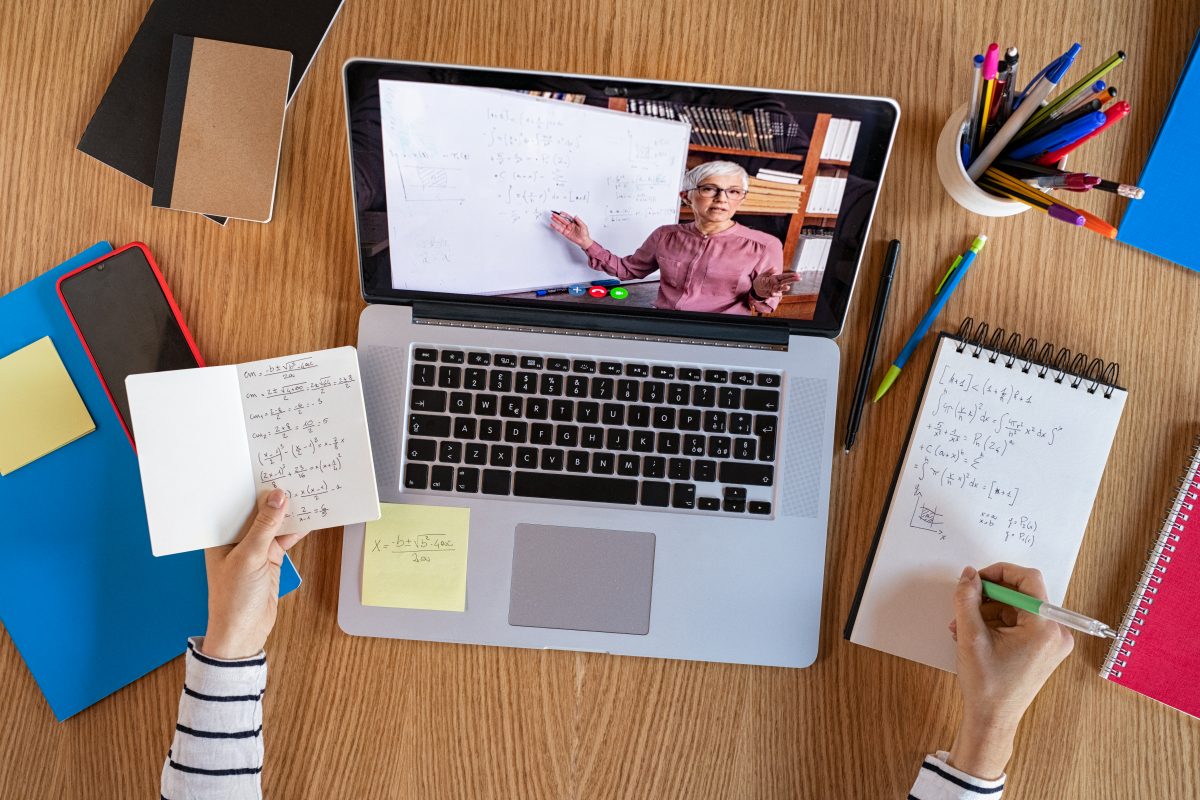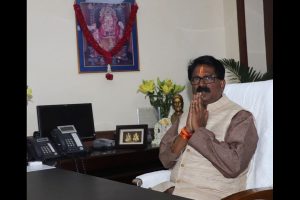Online education has become the need of the hour. The ongoing Covid-19 crisis has led to the shutting down of schools, colleges and coaching centres all over the country, forcing teachers and students alike, to adapt newer technologies to facilitate education and learning.
Many of the schools and colleges have adapted to this change, and started online classes and lectures for their students.
However, there are yet a large number of students who have been marooned in the wake of this pandemic.
The first and foremost problem in making online education accessible to all is Internet connectivity. Virtual classrooms and digital lectures can only be possible if a student has an uninterrupted, high speed active Internet connection and a device like a smartphone, laptop or computer where they can access the same.
While most urban students usually have access to the aforementioned, it is often India’s rural and poor that are left out of this equation.
Only 600 million out of India’s 1.2 billion population have Internet connectivity, show estimates. This means that a majority of the students will be left behind in terms of their studies during this lockdown period.
They will miss out on valuable learning time and as the school year progresses, fall back when compared to their connected peers. Even those who do have a connection may not have the necessary 4G speeds required to stream live sessions online.
The long list of problems can be resolved by implicating certain solutions.
For those students who have slow or basic internet connections, teachers can record lectures and upload the same.
This would make it easier for students to access lectures by streaming them when they can, or even downloading the same for viewing at a later time.
Students who do not have access to smartphones or laptops could be taught via audio lectures through conference calls over mobile phones or landlines at a predecided time. Schools could also provide students with a helpline number that they can call to clear doubts or even stay updated regarding the current situation.
However these are stop-gap measures that can only solve the problem temporarily. Recorded lectures and phone calls cannot match a live classroom experience and therefore, efforts need to be made to supply the resources necessary for good quality online education to those in need.
The government can provide free smartphones and tablets along with free or economical data plans to the under resourced students. It can also set up cyber cafes or hubs, which are equipped with computers which can be easily accessed by students.
While this may not be fully possible during the lockdown, steps like these are an investment for the future. Tie-ups with network providers to set-up towers in certain areas could also promise better connectivity. Language can also be a major barrier in democratising education. Most of the quality learning material online is available in English, making it difficult for those who do not comprehend the language to study.
Efforts need to be made to make most of the material available in vernacular languages if it has to fully penetrate India’s hinterlands. Edtech companies can study audience preferences and curate content in those languages so as to fully tap their potential markets. Governments can also tie-up with these platforms so as to provide these courses free of cost to students that may not be able afford the same.
It could even offer tax breaks for companies and individuals to donate funds for these much-needed devices and data. The government should also add to the free educational content available on their portal Swayam, and publicise it well so as to make more people aware of these facilities.
An online classroom does not function in the same way as a physical classroom, and therefore educators need to bring about a shift in teaching pedagogies.
Students have a lower attention span when studying online and if a teacher were to speak for a long period of time like in a regular classroom, they may lose interest and not fully understand the information being imparted.
Teachers should initiate interactive discussions and exercises to ensure that students are engaged in the learning process. The use of technologies like AI, ML, AR and VR, gamification of study material, or engaging content through audio and visual cues need to be adapted to enhance the learning experience.
The current scenario is filled with uncertainties, but it is certain that we may not go back to the world as we know it. Covid-19 has pushed online learning to the forefront, and even if we were to return to the brick-andmortar classrooms, we cannot eradicate the use of technology from the same.
Teaching practices will have to evolve with changing times and technology will play an essential role in democratising education and making it accessible to all.
The writer is managing director, Shahani Group.












